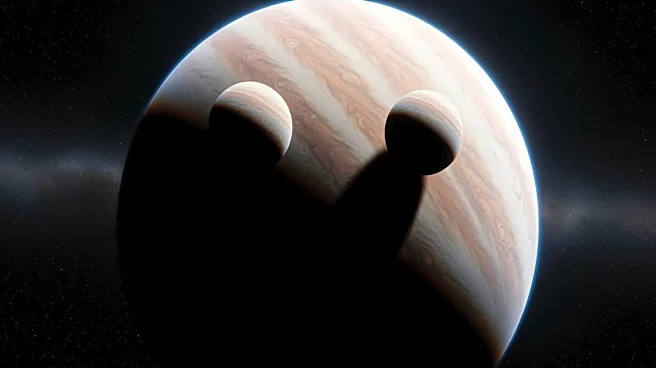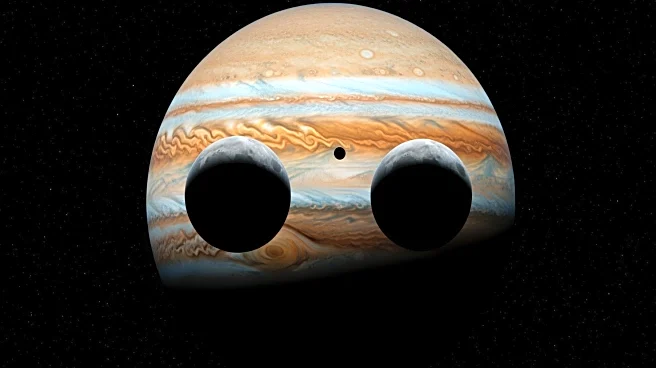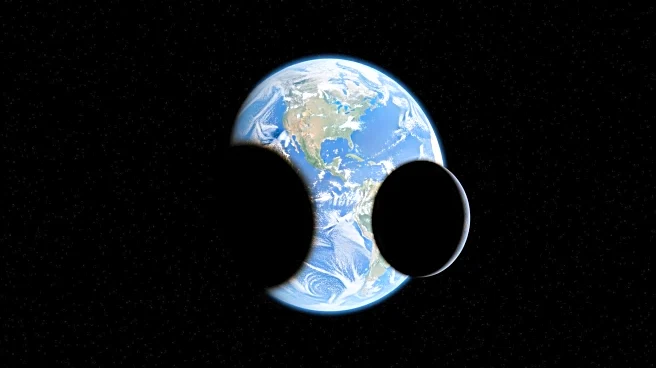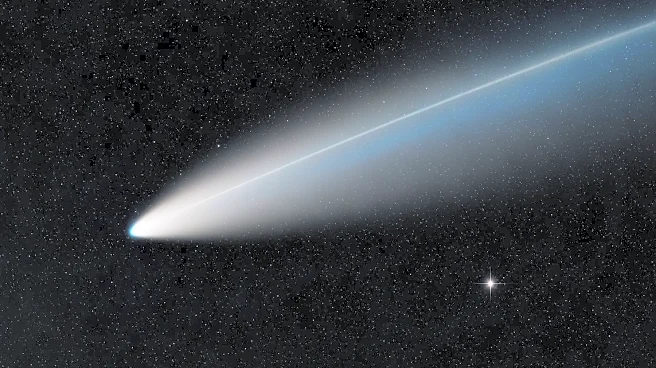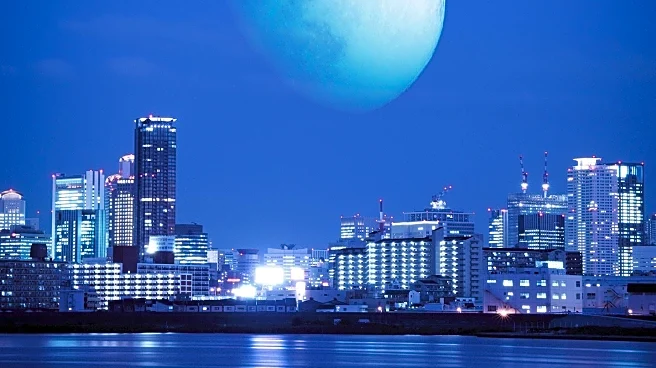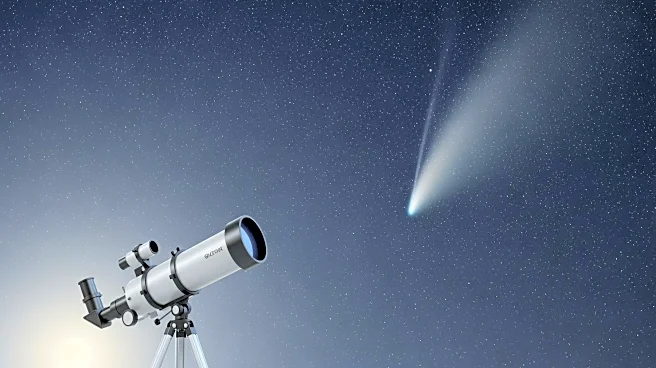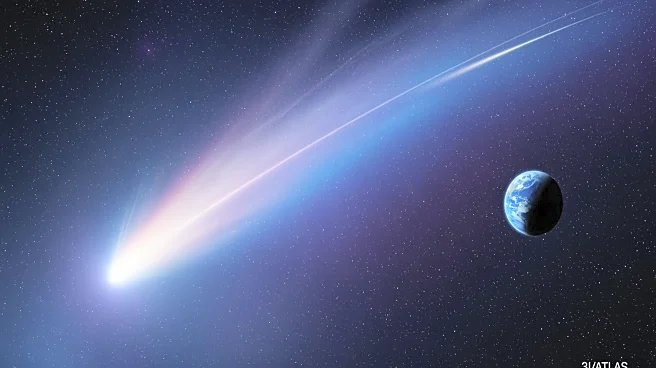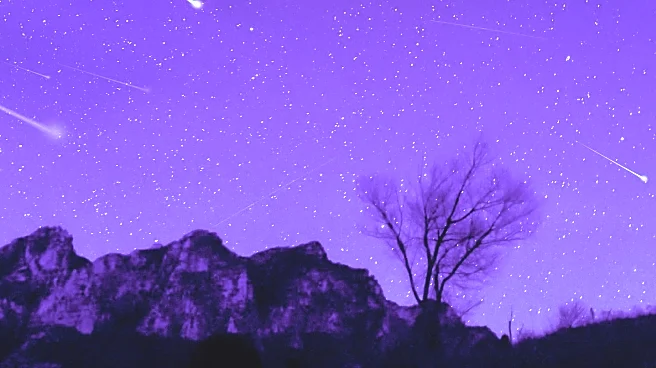What's Happening?
In the early hours of November 5, stargazers will have the opportunity to witness a rare astronomical event as the shadows of Jupiter's moons, Io and Europa, will be cast over the planet's cloud tops.
This celestial event will occur as the moons pass between Jupiter and the sun, creating visible shadows on the gas giant's surface. The event will be visible in the eastern sky, with Jupiter appearing as a bright point of light approximately 30 degrees high. While the shadows cannot be seen with the naked eye, a telescope with a 6-inch aperture and a magnification of 100X to 150X will provide a clear view. Io's shadow will be visible on the right side of Jupiter, while Europa's shadow will appear on the left.
Why It's Important?
This event is significant for astronomy enthusiasts and provides an opportunity to observe the dynamics of Jupiter's moons and their interaction with the planet. Such events help in understanding the orbital mechanics and physical characteristics of celestial bodies. For amateur astronomers, it offers a chance to engage with the night sky and utilize telescopic equipment to explore the universe. The visibility of the Galilean moons, named after Galileo Galilei, who first observed them, continues to inspire interest in space exploration and the study of our solar system.
What's Next?
Stargazers are encouraged to prepare their telescopes and plan their observations for the early hours of November 5. This event is part of a series of celestial occurrences that can be observed with the right equipment and conditions. As technology advances, more people can participate in such observations, fostering a greater appreciation for astronomy and the wonders of the universe.
